Introduction
What Are Homing Pigeons: Homing pigeons, also known as homing or messenger pigeons, are a remarkable avian species with a unique and fascinating ability: they possess an innate homing instinct that allows them to navigate vast distances and find their way back to a specific home loft or location. These remarkable birds have been human companions for centuries, serving as reliable messengers, symbols of peace and communication, and even competitive racing athletes. Homing pigeons, scientifically known as Columba livia domestica, are a domesticated subspecies of the rock pigeon. They have been bred and trained for their homing abilities, making them distinct from their wild counterparts.
The exact origins of homing pigeons reproduce remain shrouded in history, but their use by humans can be traced back thousands of years. One of the most remarkable features of homing pigeons is their exceptional navigation skills. When released far from their home loft, these birds can cover vast distances, sometimes hundreds of miles, and still manage to return to their point of origin with remarkable accuracy. This ability has earned them a reputation as nature’s own GPS, long before modern technology existed. Researchers have studied homing pigeons extensively to unravel the mysteries behind this extraordinary skill. The homing instinct of these pigeons relies on a combination of sensory cues, including the Earth’s magnetic field, the position of the sun, and the recognition of familiar landmarks.
While the precise mechanisms are not yet fully understood, it is believed that homing pigeons use a combination of visual, olfactory, and magnetic information to triangulate their position and navigate back home. Throughout history, homing pigeons have played crucial roles in various human endeavors. They have been employed as messengers during wars and conflicts, delivering vital information across enemy lines when other forms of communication were risky or unreliable. Their use in this capacity dates back to ancient civilizations, including the Egyptians and Romans. These pigeons have even been recognized for their bravery and dedication, receiving medals and honors for their wartime service.
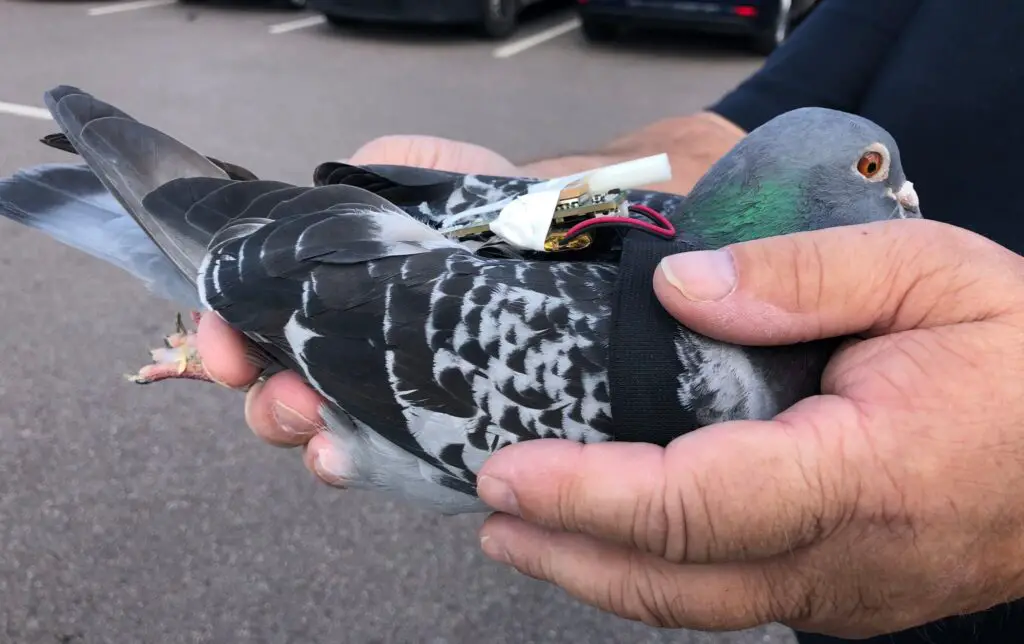
What is the purpose of homing pigeons?
Because of this skill, domesticated pigeons were used to carry messages as messenger pigeons. They are usually referred to as “pigeon post” if used in post service, or “war pigeon” during wars. Until the introduction of telephones, homing pigeons were used commercially to deliver communication.
Messengers of Communication: Perhaps the most historically significant purpose of homing pigeons is their role as messengers. Dating back to ancient civilizations like the Egyptians and Romans, pigeons were used to relay critical messages during wars, conflicts, and other situations where traditional communication methods were unreliable or dangerous. Their remarkable ability to return to their home loft, even when released from distant and unfamiliar locations, made them invaluable for delivering essential information.
Military and Emergency Services: Homing pigeons played a pivotal role in various military operations throughout history. During World War I and World War II, for instance, they were employed by the military of several nations as a means of communication in the field. In times of natural disasters or emergencies when traditional communication infrastructure might be compromised, homing pigeons can still serve as a reliable and immediate way to transmit crucial information.
Racing and Sport: Another prominent purpose of homing pigeons is their participation in competitive racing events. Pigeon racing is a popular sport worldwide, attracting enthusiasts who breed, train, and race these birds. In such races, homing pigeons are released from distant locations, and their return times are recorded. The sport showcases the birds’ navigational abilities, speed, and endurance, and it entertainment for both participants and spectators.
What makes a pigeon a homing pigeon?
Homing pigeons are a type of domestic pigeon descended from the rock pigeon. Wild rock pigeons have an innate ability to find their way home from long distances. Today’s homing pigeons have been carefully bred to do the same, including carrying messages over those long distances.
Innate Homing Instinct: The defining trait of a homing pigeon is its innate homing instinct, an ability hardwired into their genetics. This instinct allows them to navigate and find their way back to a designated home loft or location, often over extensive distances. This remarkable skill has earned them the moniker of “homing” pigeons.
Selective Breeding: Homing pigeons are a domesticated subspecies of the rock pigeon, resulting from centuries of selective breeding. Humans have intentionally bred pigeons for their homing abilities, emphasizing traits like strong navigational skills and the inclination to return to a specific point of origin.
Extraordinary Navigation Skills: Homing pigeons possess extraordinary navigation skills, using various sensory cues to find their way home. These cues include the Earth’s magnetic field, the position of the sun, and recognition of familiar landmarks. While the exact mechanisms are not fully understood, it is believed that pigeons use a combination of visual, olfactory, and magnetic information to triangulate their position and navigate.
Why are they called homing pigeons?
To them, they’re simply flying home — hence the term “homing pigeon”. People would take pigeons with them, then release them with messages. The pigeons wouldn’t come back to the person that released them; they’d fly home and stay there until someone else took them.
Military Communication: Homing pigeons were used extensively in wartime as a means of communication. They were able to carry messages across enemy lines, providing a secure and reliable form of communication.
Sporting Events: Pigeon racing, a popular sport in the 19th and early 20th centuries, showcased the homing pigeons’ ability to navigate long distances. Participants would release pigeons from various locations, and the bird that returned to its loft the fastest was declared the winner.
Scientific Research: Researchers have studied homing pigeons to gain insights into animal navigation and orientation. Their unique abilities have contributed to our understanding of the animal kingdom.
What is the difference between a pigeon and a homing pigeon?
Both the homing pigeon and the carrier pigeon are the result of many years of selective breeding, starting long ago with the rock pigeon, a wild pigeon with a talent for returning unerringly to its home. The carrier pigeon was bred for its beauty and the homing pigeon, for its speed and ability to always return home.
Purposeful Breeding: Homing pigeons have been bred specifically for their homing abilities. Humans have selectively chosen birds with superior navigation skills to create this specialized breed.
Navigation Skills: The most significant difference is their navigational prowess. Homing pigeons can accurately find their way back to their home loft, even when released from great distances. This remarkable ability makes them valuable for various purposes, including messaging and racing.
Physical Characteristics: Pigeons typically have a gray-blue body with a slightly iridescent sheen on their feathers. They have a distinctive, rounded body shape and a small head. Pigeons adapt well to urban environments and are often seen in cities, where they roost on buildings and forage for food scraps.
Behavior: Pigeons are primarily scavengers, feeding on a wide range of food, including grains, seeds, and human food waste. They are known for their cooing calls and their tendency to form flocks.
Do homing pigeons still exist?
Wild rock pigeons have an innate ability to find their way home from long distances. Today’s homing pigeons have been carefully bred to do the same, including carrying messages over those long distances.
Homing pigeons gained prominence for their remarkable ability to navigate and return home over long distances. In times of war, they were deployed as messengers due to their reliability and speed. This historical significance cemented their place in human culture and led to the development of various pigeon-related activities, such as racing.
One of the ways homing pigeons are still very much present is through pigeon racing, a popular hobby around the world. Pigeon racing involves releasing specially trained homing pigeons from a distant location and timing how quickly they return to their home loft. This sport has a dedicated community of enthusiasts who continue to breed, train, and race homing pigeons.
Homing pigeons also play a role in scientific research. Their exceptional navigational abilities have made them subjects of study, contributing to our understanding of animal behavior, cognition, and orientation. Researchers have investigated the mechanisms behind their homing instincts, including the potential use of magnetic fields.
Are homing pigeons friendly?
They are highly intelligent homing birds, typically with a calm, mild disposition. “Pigeons are probably the safest, least problematic pet anyone could have,” Ms. Young said. “They don’t bite, chew or scratch, and they are very quiet.”
Flock Mentality: In the wild, pigeons often gather in flocks. This behavior helps them find food, stay safe from predators, and navigate their environment more effectively. Domesticated homing pigeons also exhibit this flock mentality.
Bonding: Pigeons are known for their strong pair bonds. Mated pairs of pigeons often engage in mutual grooming, preening each other’s feathers as a sign of affection and bonding.
Human Interaction: Homing pigeons raised in captivity, such as those used for pigeon racing, can become accustomed to human interaction. They may recognize their caretakers and respond positively to them.
Intelligence: Pigeons are surprisingly intelligent birds. Research has shown that they can recognize and human faces, distinguish between different shapes and colors, and learn complex tasks.
How do homing pigeons get lost?
The reason why had been a mystery until a scientist wondered if the birds use the loft’s infrasound signature as a homing beacon to get their bearings. He discovered that the atmosphere misdirected the loft’s infrasound signal on days when pigeons were lost, preventing them from finding the correct bearing home.
Harsh weather can disrupt a pigeon’s flight path. Rain, strong winds, fog, and storms can disorient them, making it challenging to maintain their intended course. Low visibility due to fog, darkness, or other factors can hinder a pigeon’s ability to recognize landmarks and cues that help them navigate.
The presence of predators, such as birds of prey, can startle homing pigeons during their flight. The fear of being attacked may cause them to change their route or take evasive actions that lead them off course. Urban areas and industrial zones may have buildings, power lines, or other obstacles that pigeons must navigate around. These obstacles can confuse pigeons and lead to them getting lost.
In some cases, radio waves and electromagnetic interference from nearby electronic devices may disrupt the pigeon’s ability to perceive Earth’s magnetic field, which they rely on for orientation. Pigeons, like any bird, have their limits. If they encounter strong headwinds or fly longer distances than they are accustomed to, they can become exhausted. Fatigue may cause them to lose their sense of direction and become disoriented.
Why do homing pigeons return home?
Studies have shown that pigeons can sense the Earth’s magnetic fields, which accounts for their homing sense. Since pigeons can find their way home, they’ll be able to find your home no matter how many times you chase them away. Once they’ve begun nesting in one location, their biology calls them back over and over.
Homing pigeons return home because their home loft serves as a safe and familiar haven. In their loft, they find food, water, shelter, and the companionship of their loft mates. This return not only satisfies their basic needs but also fulfills their social instincts. Pigeons are known for forming strong pair bonds and prefer to be with their mates and young.
Over centuries, humans have selectively bred homing pigeons for their exceptional homing abilities. This artificial selection has refined and enhanced their innate navigational skills. Pigeon fanciers and breeders have chosen birds that consistently return home quickly and accurately, contributing to the perpetuation of this trait.
Homing pigeons have played vital roles in human history. They have been used for messaging, particularly during wartime, when their ability to reliably deliver messages made them indispensable. As a result, the pigeons’ return home with messages was crucial for their human handlers.
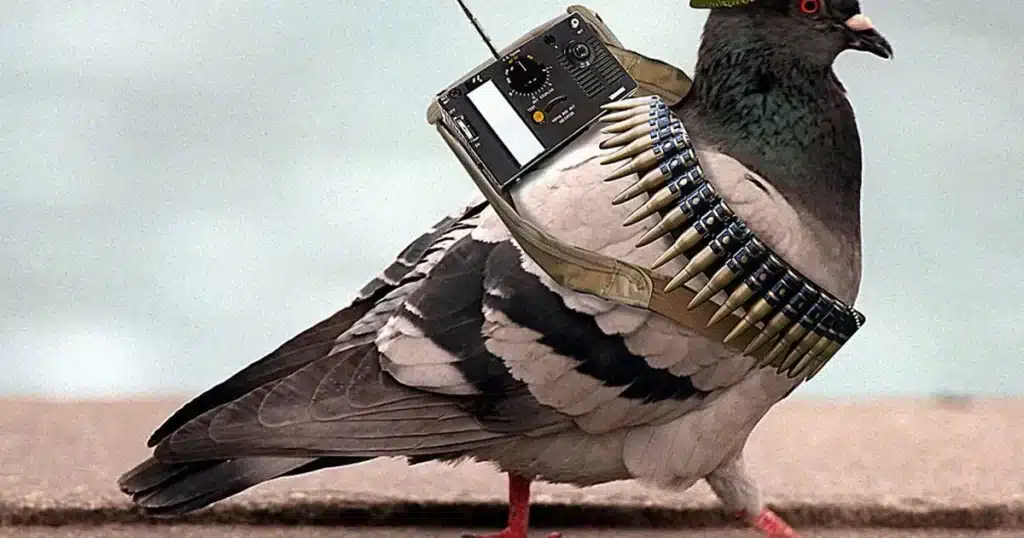
Conclusion
Homing pigeons are a testament to the wonders of the natural world and the enduring connection between humans and animals. These remarkable birds, a domesticated subspecies of the rock pigeon, possess an innate homing instinct that enables them to navigate vast distances and return to a specific home location with remarkable accuracy. This ability has earned them a reputation as nature’s own GPS, long before modern technology us with global positioning systems. Throughout history, homing pigeons have played pivotal roles in human endeavors. They have served as trusted messengers during wars and conflicts, delivering crucial information across enemy lines when other forms of communication were unreliable.
Their dedication and bravery have been recognized with medals and honors, highlighting their invaluable contributions to human society. Moreover, homing pigeons have captured our imagination as competitive racing athletes, showcasing not only their navigational prowess but also their speed and endurance. Pigeon racing has been a beloved pastime for enthusiasts around the world, further emphasizing the enduring fascination with these remarkable birds. Despite the decline in their practical roles due to technological advancements, homing pigeons continue to be subjects of scientific research. Researchers are tirelessly working to unravel the intricate mechanisms behind their homing abilities, which remain partially shrouded in mystery.
The combination of sensory cues, including the Earth’s magnetic field, the position of the sun, and familiar landmarks, all contribute to their remarkable navigational pigeon intelligence skills. Understanding these mechanisms not only deepens our appreciation for these birds but also holds potential applications in fields such as robotics and navigation technology. In a rapidly changing world, where technology often supersedes the natural world, homing pigeons serve as a reminder of the enduring beauty and complexity of the animal kingdom. Their remarkable abilities and historical significance remind us of the long standing partnership between humans and animals, one that has shaped our history, culture, and understanding of the world around us.

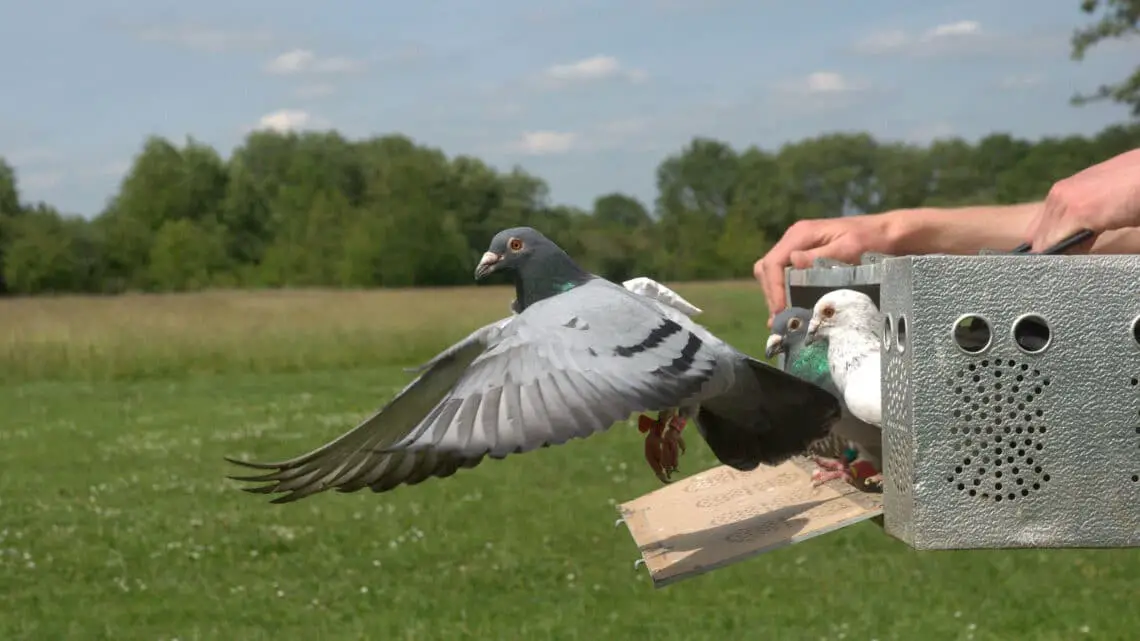
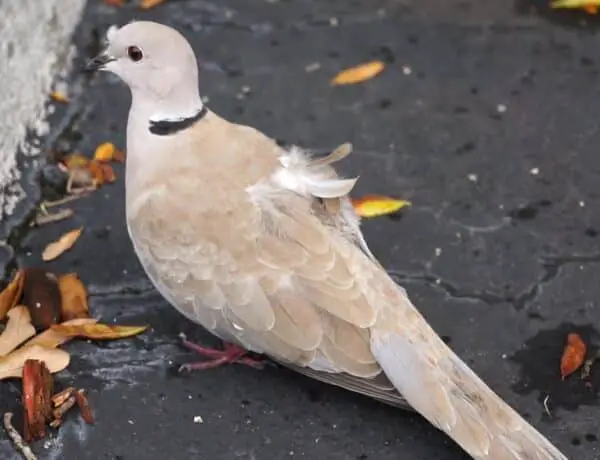

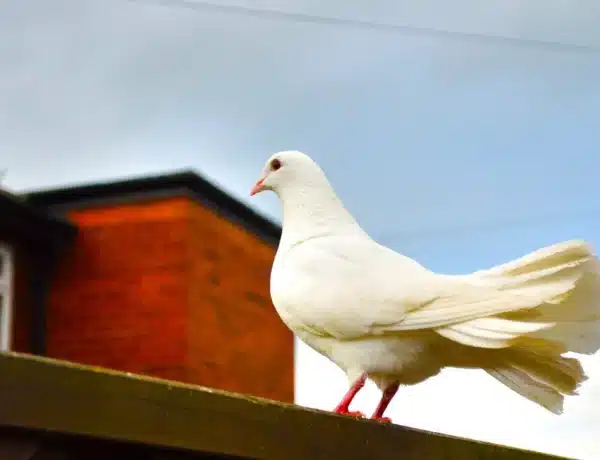
No Comments